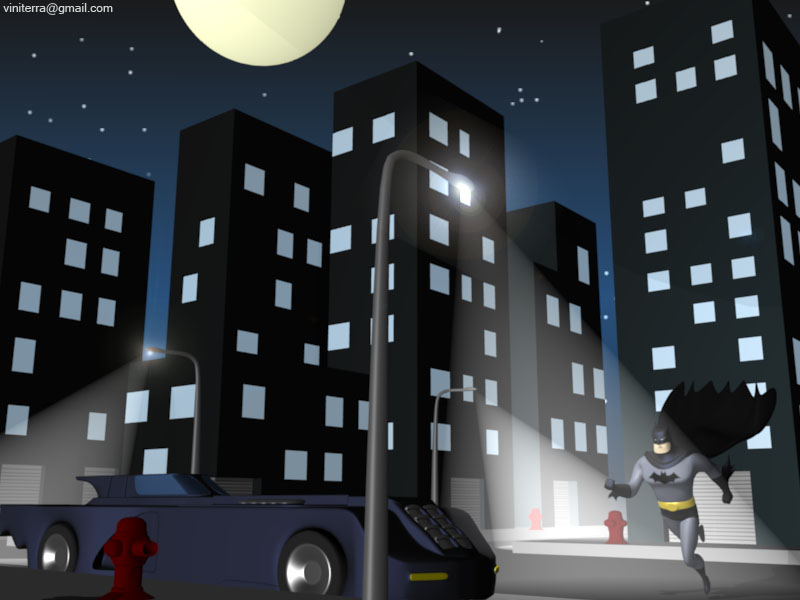I’ve recently been wondering whether or not virtual worlds will replace social networks as the social environment of choice over the next few years. At this point, based on directionality and trends, I think they will not.
The primary reason being that ‘convention’ among social networks is that users are actually who they say they are. For example, when I sign up for Facebook or Last.FM, I am Sam Huleatt. I may use a strange handle like Squasher98, but the information I enter tends to be legitimate and tied into my online properties (links to Leveraging Ideas, for example).
However, in virtual worlds, people are much more likely to assume false or ‘secondary’ identities. Even the underlying architecture of worlds such as Second Life is designed so that users cannot easily represent their real-world personas.
I think social networks have staying power in the sense that, at least for now, they are more ‘human’ they will continue to relate to users in a uniquely human way. For example, a social network for war veterans makes sense in a way that a virtual world simply does not. For brand managers looking to take advantage of social media the human appeal is obviously strong because it’s a step closer to a sale.
Virtual worlds certainly are fascinating and if I were still a kid, I couldn’t think of anything cooler than being able to explore the worlds of some of my favorite childhood toys – a virtual Gotham City (Batman), or a Virtual Death Star (Star Wars). To that extent, virtual worlds extend a layer of fantasy that provides for an extremely compelling user experience, but an experience with diminished social capital.

